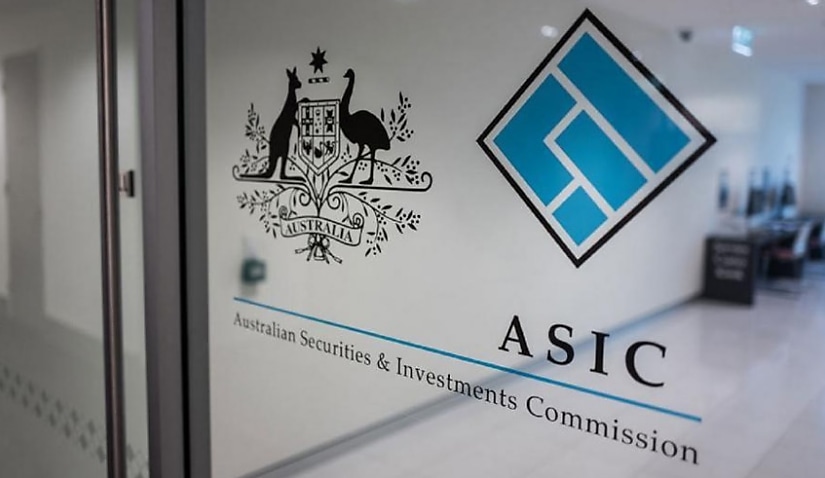Powered by MOMENTUM MEDIA
The latest insolvency data published by the corporate regulator reveals that the number of companies failing is increasing, and it looks like it won’t stop any time soon.

Last week, the Australian Securities and Investments Commission (ASIC) released its latest insolvency data, covering the period from 1 July 2023 to 31 March 2024. The data showed a rise in the number of Australian companies that failed within the nine-month period of data collection.
According to ASIC’s data, the construction industry had the highest number of company failures, with 2,142 companies entering external administration, followed by accommodation and food services with 1,174.
Australia’s corporate regulator revealed that these two industries represented the highest proportion of companies that entered external administration, accounting for nearly 27.7 per cent and 15.2 per cent, respectively.
The data obtained by ASIC revealed a 294.6 per cent increase in restructuring (878) and a 218.8 per cent increase in court liquidation appointments (15,93) compared to the previous corresponding period.
Danielle Funston is a partner at the national law firm Maddocks and also received the Lawyers Weekly Partner of the Year Award for Insolvency in 2023.
In conversation with Lawyers Weekly, she commented: “The profession has seen a marked increase in the level of inquiry since February this year. This spike is being reported as ‘record insolvencies’, which, in my view, isn’t the case. The percentage of companies becoming insolvent is still well below long-term averages.”
She expressed how this increase in insolvencies was expected by those in the industry, stating that “insolvencies were reduced by more than 50 per cent during the COVID period, which kept phantom businesses afloat, due to the government moratoriums and various stimulus packages”.
“What we are seeing now is the backup from COVID-19, and the increase in insolvencies is correcting to reflect the pre-COVID levels. This COVID catch-up will continue to translate to greater formal insolvency appointments over the coming months.
“The uptick is across a number of industries, and it is expected that we will continue to see more appointments in the retail, hospitality, tourism and construction sectors,” Funston stated.
Given the current state of the industry and the impact of higher interest rates, she has expressed that the “environment isn’t suitable for all businesses”.
Funston also said: “We are also seeing the ATO now returning to actively and properly collecting debts, the tightening of lending and inflated valuations during COVID now being corrected. This storm, in addition to inflation, is putting pressure on a number of businesses, and it’s expected that restructuring and insolvency professionals will get much busier”.
To address the prominence of insolvency, Funston emphasised the importance of directors being “proactive and engaging and understanding insolvency procedures”.
“It is also important that directors understand their working capital needs and risks to future cash flow. Insolvency processes can provide really innovative solutions to right size businesses for better future success, but there is, at times, a reluctance to accept the reality of the situation”, Funston said.
She underscored that “directors also need to ensure that they engage with true restructuring and insolvency specialists. This area of practice is highly technical, and proper, qualified advice is necessary.”
Funston revealed that “directors who are proactive with their engagement with creditors and proactive with considering formal insolvency procedures be better placed for successful restructures”.
She suggested that directors explore both the “safe harbour regime and the voluntary administration process”, highlighting their potential to “be incredibly successful at turning a business around”. However, Funston cautioned that action “can’t be left too late”.
ASIC has disclosed that it expects the number of companies entering external administration “to exceed 10,000” by the end of this financial year, a threshold not reached “since the 2012-2013 financial year”.
However, Australian financial regulators disclosed that “the ratio of companies entering external administration compared to the number of registered companies (expected to be somewhere between 0.3 per cent to 0.33 per cent for the full year) is still less than 2012–2013 levels (0.53 per cent), as over the same period the number of companies registered in Australia has increased from just over 2 million to 3.3 million”.